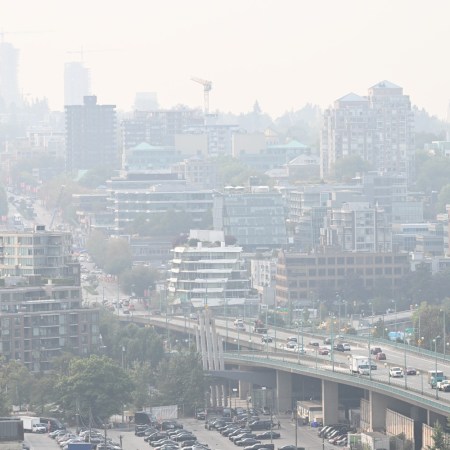There are no “upsides” to the coronavirus, now identified as COVID-19, which has sickened over 75,000 people and killed over 2,000, mostly in China, as of Thursday morning per The New York Times. But now that we are weeks into the outbreak which has gripped the country, side effects are beginning to appear, and they’re not all bad.
China is currently the country with the highest CO2 emissions, which are a major human-caused contributor to climate change, but because of the coronavirus epidemic, those emissions have dropped about 25%, according to new analysis from Carbon Brief.
“All told, the measures to contain coronavirus have resulted in reductions of 15% to 40% in output across key industrial sectors,” writes Carbon Brief. “This is likely to have wiped out a quarter or more of the country’s CO2 emissions over the past two weeks, the period when activity would normally have resumed after the Chinese new-year holiday.”
Yes, we’re only talking about a 14-day period here, but because China contributes the most to global CO2, this is still a significant decrease. For the sake of comparison, Belgium released about 100 million metric tons of CO2 in 2018. In 2019, during the same two-week period Carbon Brief looked at this year, China released 400 million metric tons of CO2. Thus, this 25% decrease amounts to 100 million fewer metric tons of emissions — the same as Belgium’s entire yearly output.
The “key industrial sectors” that have slowed and led to this decrease include coal, steel, oil and blast furnaces, among others. But while it’s a boon for the stability of the planet and human life that these heavily polluting industries are put on pause, it’s bad for China’s economy — and as Carbon Brief notes, if China institutes some sort of stimulus package to boost the economy in the wake of this downturn, these temporary emissions reductions may be balanced out by year’s end.
Thanks for reading InsideHook. Sign up for our daily newsletter and be in the know.



















